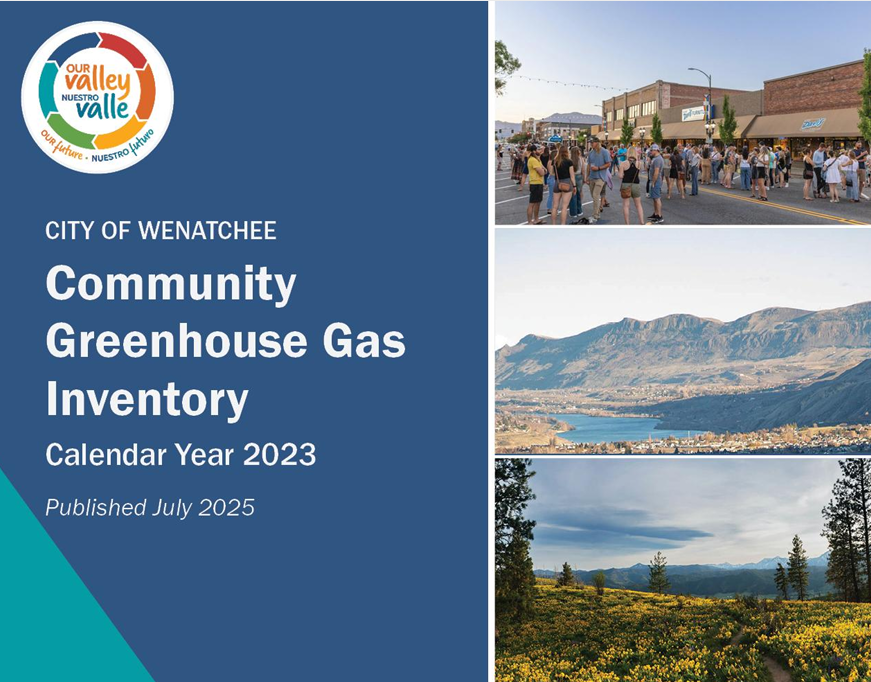Burning rivers lit a fire for the environmental movement
- marlene0303
- Mar 12, 2022
- 3 min read
By Betsy Dudash, Sustainable Wenatchee board member
I grew up in a small town on Lake Erie, in Northeast Ohio. Our house was close enough to the lake that we could smell it—not always a good thing, especially during mass fish die-offs—and feel it. The lake breeze was usually enough to make air conditioning an unnecessary luxury.
Sounds idyllic, doesn’t it? But the cities along Lake Erie had been industrial powerhouses since the Civil War, and my hometown was sandwiched between Cleveland and Lorain. Both had thriving steel industries—and many other major polluters--during my childhood in the 1960s and 1970s. It didn’t matter if we drove east into Cleveland or west into Lorain—the stench and the pollution were the same. The Cuyahoga River, which winds 100 or so miles through Ohio before emptying into Lake Erie in downtown Cleveland, was a literal cesspool of human waste, industrial runoff, and toxic chemicals and had been that way for 100 years. The oil slicks on the river caught fire at least ten times, in 1868, 1883, 1887, 1912, 1922, 1936, 1941, 1948, 1952, and then on June 22, 1969.

That last fire was small but significant. While for too long industrial pollution and degradation of nature had been accepted as the price we had to pay for “progress” and “a booming economy” that provided lots of jobs, by 1968 the city of Cleveland was actively trying to clean up the Cuyahoga River with a voter-approved $100 million bond. After the 1969 fire, Cleveland Mayor Carl Stokes and his brother, Congressman Louis Stokes, began to push for national environmental regulation, using the fire to sway public opinion. In the summer of 1969, President Richard Nixon created the Environmental Quality Council, then Congress passed the Environmental Policy Act of 1969.
Also in 1969, in Santa Barbara, California, U.S. Senator Gaylord Nelson witnessed the devastation caused by a massive oil spill that covered 400 square miles and killed hundreds of birds. This was a time of massive anti-Vietnam War protests and growing public awareness about the importance of protecting our environment. Inspired by young activists, Senator Nelson came up with the idea for a “national teach-in on the environment,” teamed up with a conservative Republican, Congressman Pete McCloskey, and Earth Day was born. April 22, 1970 was chosen as the first Earth Day because it fell between spring break and final exam week for most colleges and universities.
I was only five years old during that first Earth Day, so I don’t remember anything about it. According to earthday.org, though, 20 million Americans demonstrated that day in support of a healthier, more sustainable environment. The environmental movement at that time enjoyed widespread, bipartisan support. In his 1970 State of the Union, President Richard Nixon stated that “Clean air, clean water, open spaces—these should once again be the birthright of every American. If we act now, they can be.” That summer, he created the Environmental Protection Agency. The Clean Air Act was passed in 1970, the Clean Water Act in 1972, and the Endangered Species Act in 1973. The burning Cuyahoga River was in part responsible for the Clean Water Act and has been one of its success stories. Last year, American Rivers named the Cuyahoga its “River of the Year.”
In 2018, Sustainable Wenatchee hosted its first Earth Day Fair. Last year’s event attracted almost 700 people to Pybus Market to learn about and celebrate our planet. How should we observe the 50th anniversary of Earth Day, since we can’t do it together? Perhaps a solitary stroll along the Wenatchee or Columbia rivers or on one of the open trails is in order. Maybe we spend 15 minutes picking up litter in our neighborhood. Some of us might be inspired to write or call our representatives. Whatever you do, remember those who fought to leave us a cleaner, more beautiful planet.




Comments